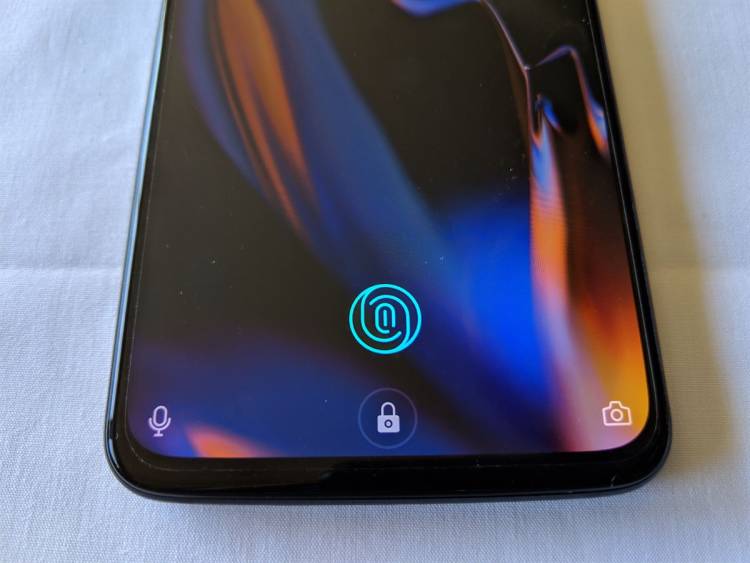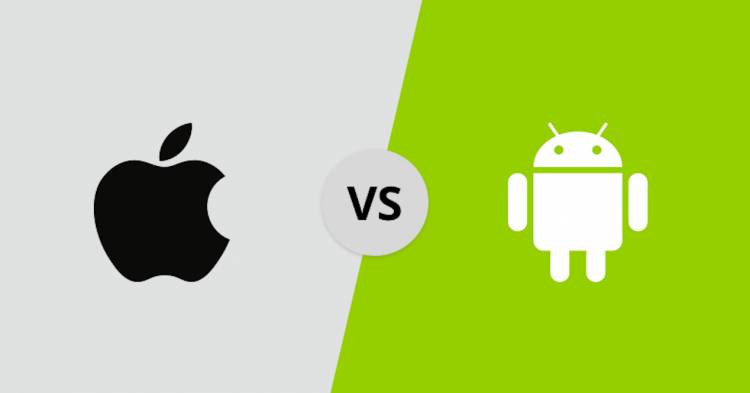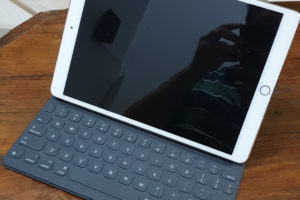OnePlus 6T is the latest device from the Chinese brand to hit the market. It is an upgrade to the OnePlus 6, that launched in February this year. With the 6T, OnePlus has enforced its intention of following the two-flagship-a-year strategy that began with the 5T. The T devices, just like Apple’s S devices, mostly contain minor upgrades over the main devices, and the 6T is no different with mostly the same design, processor, and software as the OnePlus 6.
So, is the OnePlus 6T a good upgrade over the OnePlus 6? Let’s find out:

Design
The OnePlus 6T carries over the same design that was introduced with OnePlus 6. The overall design still looks and feels premium and the device is good to old in the hands. There have been a couple of major changes to the design. One being the removal of the 3.5mm audio jack, and the second being the in-display fingerprint sensor.
Apart from these changes, it still carries the signature OnePlus volume toggle switch, which lets you easily switch between silent, vibrate, and sound modes.
If we talk about the colors, the OnePlus 6T is available in two of them – Midnight Black and Mirror Black. I found the Midnight Black to be a better choice as it does not attract much fingerprint smudges, and has a distinctive reflection pattern.
The OnePlus 6T is a tad bit heavier than the 6 at 185grams, but you won’t be able to notice the difference.
Display
At a staggering 6.41 inches, the display in the OnePlus 6T is by far the biggest display in any OnePlus device. The panel in the OnePlus 6 was already a very good panel, and the 6T only improves on that. The images are extremely sharp due to the FHD+ Optic Amoled panel. It is very good at reproducing colors and the images look very realistic. It has good viewing angles, and the image begins to look weird only at very high angles. The display is protected by Corning Gorilla Glass v6.0
The only thing that nagged me a lot was the waterdrop notch on the top of the display. Though not as prominent as on the Pixel 3XL or the iPhone XS, the notch still interferes with the whole viewing experience.
One thing that the panel lacks is HDR support. This slightly decreases the all-over viewing experience, but nothing substantial. Another problem is that the display does not get sufficiently bright in direct sunlight due to the Adaptive Display, but this can be easily turned off.
Everyone realizes why a new common language would be desirable: one could refuse to pay expensive translators. To achieve this, it would be necessary to have uniform grammar, pronunciation and more common words.

Performance and Software
I have always found the Oxygen OS to be the closest that any OS has gone with stock Android. It is very easy to use and gives the feel of using a Pixel device. It has the same gesture-based navigation that is available in the Android Pie that comes with the Pixel 3XL. One very useful feature of the Oxygen OS is the customizable quick-launch icons that can be activated by simply drawing shapes on the screen, even when it is off. These can be used to open the flashlight, or to play/pause music.
The UI had almost no lags or stutter while using it. All of the motions and animations were extremely smooth and fluid. Multi-tasking was very easy on the OnePlus 6T, with even multiple apps open at the same time. The device was able to handle most of the daily usage items without breaking a sweat, with stuttering only with the most demanding tasks.
The fingerprint sensor on the 6T has been in the news for being in-display rather than at the back. But, I found it to be really slow compared to the sensor on the OnePlus 6.
The OnePlus is also a great gaming device with its dedicated gaming mode, which really enhances the overall gaming experience. The gaming mode gives you features like limiting the background usage by other apps and optimizing CPU, GPU, and RAM performance.
One thing that the OnePlus 6T lacked was a good speaker. The system is a single channel system with one speaker at the bottom of the device. Though the sound is very crisp and clear, it lacks the volume and depth that is required from a premium smartphone.
Everyone realizes why a new common language would be desirable: one could refuse to pay expensive translators. To achieve this, it would be necessary to have uniform grammar, pronunciation and more common words.
Camera
OnePlus 6 already had a very good camera, and the 6T is no different. Almost all of the specs have been carried over from the 6, so the performance is more or less the same.
If specs are important to you, the camera is a dual system consisting of 16MP + 20MP, f/1.7. The camera is good for the price point, but lacks the amount of refineness that is present in the likes of Google Pixel 3XL and Samsung Galaxy Note 9. The colors were very vibrant and popped greatly. I found the amount of details to be less than expected, and the HDR was not up-to-the-mark.
There was also a Manual mode which enables you to manually control the ISO, Shutter speed, and white balance. I found it to be very responsive, and it produced extremely good-looking photos.
One peculiar thing was that you could not manually shift between the two lenses, the phone does this automatically based on the input light conditions.
Everyone realizes why a new common language would be desirable: one could refuse to pay expensive translators. To achieve this, it would be necessary to have uniform grammar, pronunciation and more common words.
Verdict
The OnePlus 6T is a very promising device, capable of taking the big premium handsets head on. But, is the OnePlus 6T really that much different from the OnePlus 6? Well, not by a large margin. If you really want a in-display fingerprint sensor, a bigger screen (with a notch), and a slightly larger battery, then you should go for the OnePlus 6T.
Everyone realizes why a new common language would be desirable: one could refuse to pay expensive translators. To achieve this, it would be necessary to have uniform grammar, pronunciation and more common words.
![]()
























